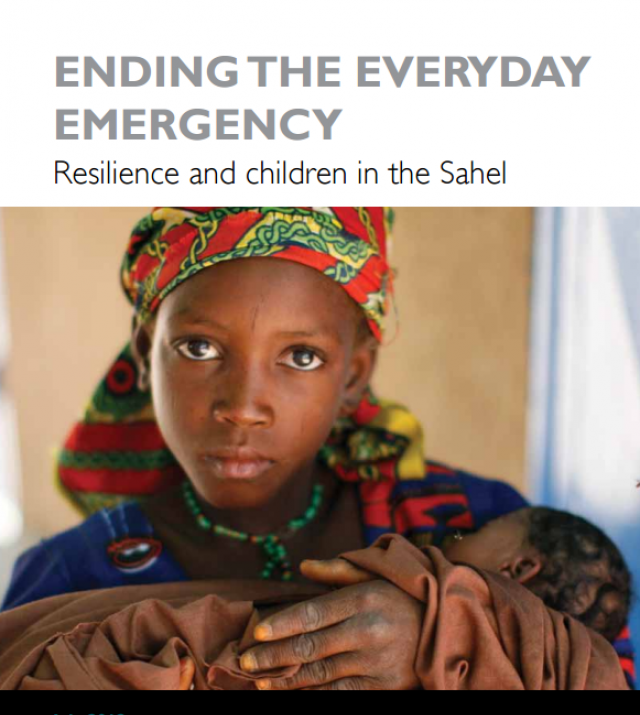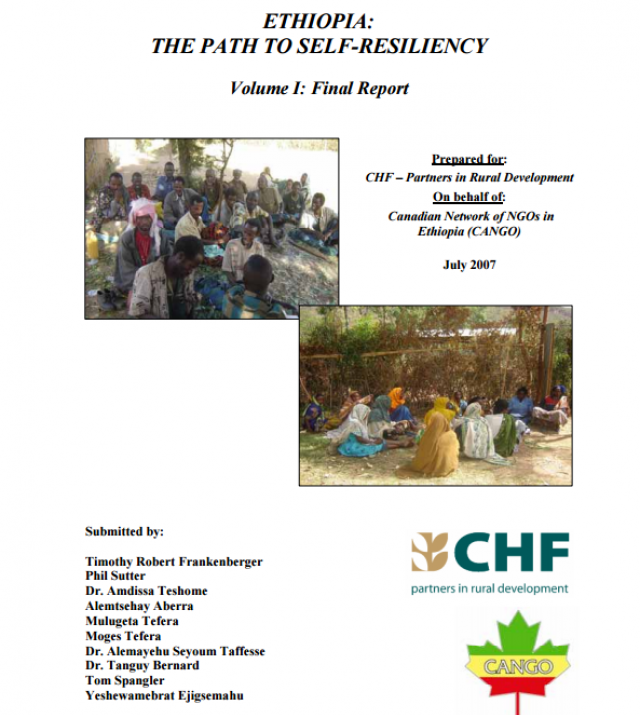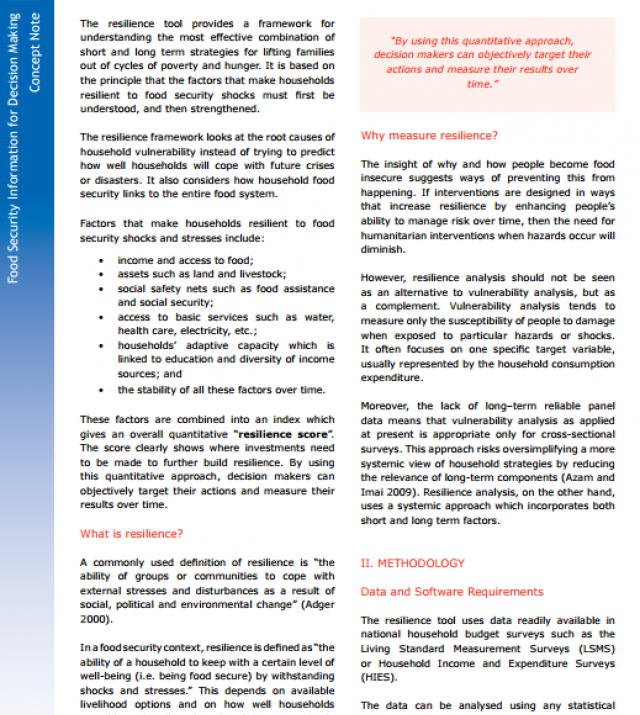
Pathways to Resilience in the Sahel Escaping the Hunger Cycle

This report is a detailed analysis of changes in policies and programmes in the Sahel. It assesses to what extent lessons of the 2005 food crisis were put into place, or applied, during the crisis of 2010. Commissioned by the Sahel Working Group as a follow up to an earlier study “Beyond Any Drought”, the initial central question guiding this study was “what lessons have been learned since 2005 about what has to change in the Sahel, so that every drought does not result in a new humanitarian crisis?” Beyond Any Drought assessed the root causes of chronic vulnerability in the Sahel. The concern expressed in the Terms of Reference for this study was that unless aid becomes more effective to reduce vulnerability “...it is inevitable that the frequent shocks in the Sahel will result in another crisis”. What can be learned from recent experience to guide decision making and improve the effectiveness of aid to prevent future crises?
The study draws from a review of the relevant literature, reports and documents, interviews with over 70 people from all major groups of actors, and extensive field visits to Niger and Chad. During the course of the research, it became clear that an underlying problem contributing to the hunger cycle was manifest in the central research question itself. It is framed by the concept of a “relief to development” continuum, which places “crisis” at one end, and “normality” at the other. Although it is changing, this paradigm still dominates thinking and action of many actors in the Sahel. “Crisis” is still strongly associated with short, sharp, disasters such as drought. When good rains restore crop production and pastures, many consider the crisis to have passed, and things to have returned to normal.
Finally this study asked the question “Where to start?” What are the most realistic ways to move things forward along the path to resilience in the Sahel? What are the strategic entry points to achieve the greatest momentum for change?

